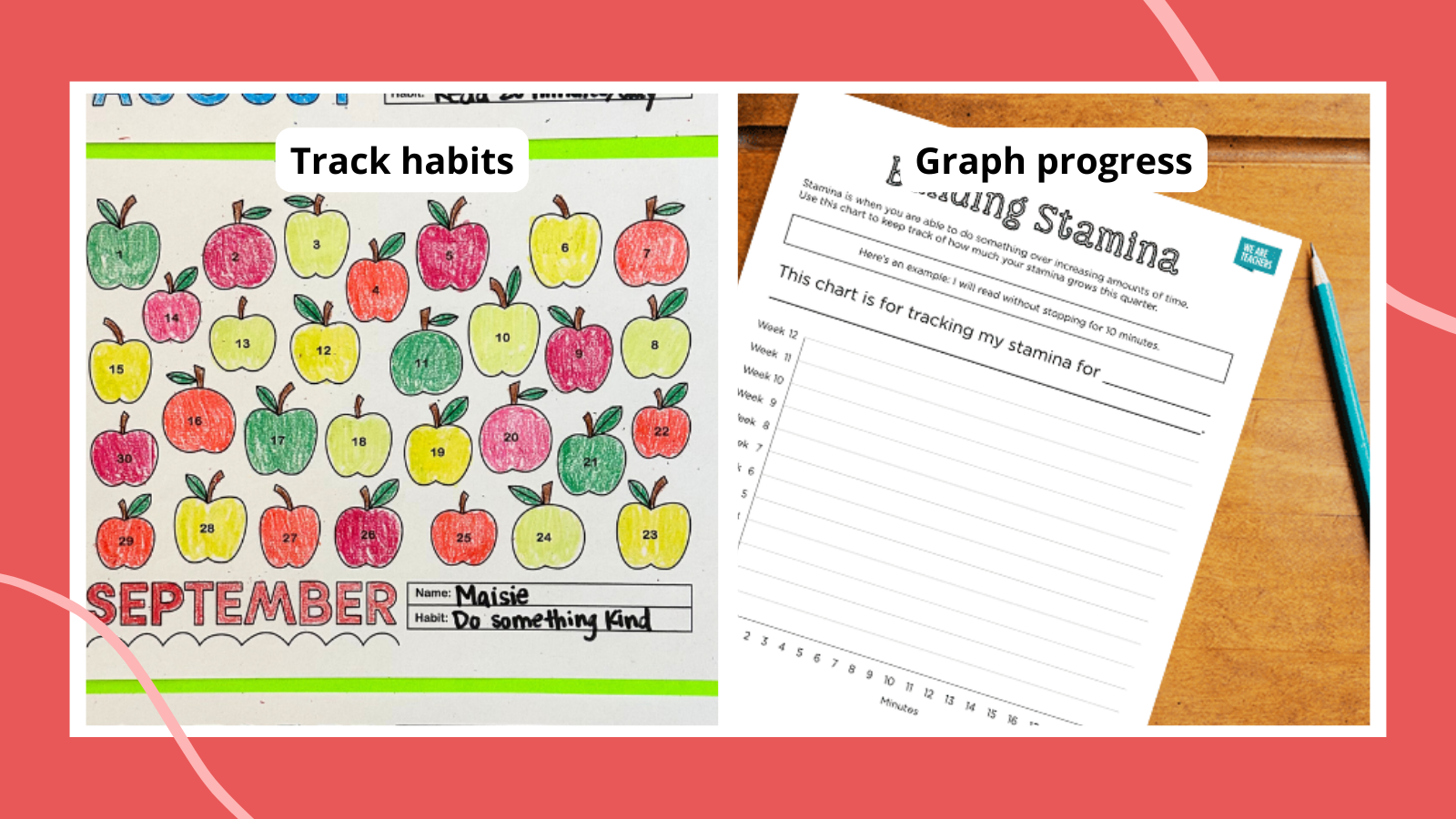Do you remember that fond period of time in 2015-ish when “differentiated instruction” was the buzzword coming out of every professional development coordinator’s mouth? We all already knew that we had classrooms full of diverse students, each with unique needs. But suddenly we were reminded of this fact over and over again at every PD, and it was URGENT that we meet all of those unique needs. Differentiated instruction (DI) promises a solution to this common classroom problem, but is it possible to actually prepare ourselves to meet these individual student needs? Recent research by Langelaan et al. (2023) provides insights into the key elements of successful DI.
Effective training programs and professional development are necessary for mastering differentiated instruction.
More PD?! Ouch, not really what I wanted to read either. But maybe they aren’t referring to the painstaking PD we are all flashing back to. Here’s what the researchers found:
Key findings from Langelaan et al. (2023):
- Active learning: Successful programs and PD incorporate hands-on activities like designing lesson plans, practicing in real classrooms, and engaging in simulations. This practical approach helps teachers understand and apply DI strategies effectively.
- Collaboration: Working together with peers and students is crucial. Structured collaboration, whether through professional learning communities or co-teaching, enhances teachers’ ability to implement DI.
- Reflection and feedback: Programs that include opportunities for reflection and feedback show positive outcomes. Reflective exercises and constructive feedback help teachers critically assess and improve their DI practices.
- Comprehensive approach: Effective DI programs are longitudinal and comprehensive, addressing attitudes, knowledge, and skills over an extended period. This ensures sustained learning and gradual mastery of DI techniques.
- Contextual factors: School culture, leadership support, and alignment with school policies significantly impact the success of DI programs. A supportive environment is essential for effective implementation. Teachers can tell when it feels like just another new thing coming down the pike. Teachers need leaders who support successful DI PD.
Can we trust this research?
Not all research is created equal! Here’s what our We Are Teachers “Malarkey Meter” says when it comes to this publication based on four key factors.
- Peer-reviewed? Yes! This research is based on studies conducted from 2010 to 2020, and it underwent several rounds of reviewer feedback before publishing.
- Sample size: For systematic reviews and meta-analyses (think a paper on summarizing all the findings of separate papers on the same topic), the data isn’t individual students or teachers. The data consists of the number of papers that were reviewed. Their search yielded 3,701 studies, and they narrowed down their fidelity search to 29 solid studies. This is on the smaller end of a systematic review, but they still have statistical power.
- Trustworthy sources: All four authors are international researchers from the Netherlands, and while Dr. Ron Oostdam takes last authorship, he has been cited nearly 2,000 times. This manuscript was posted in Teaching and Teacher Education, a high-impact journal in education research.
- Methodology: Since this isn’t a typical study with regular data points (but that doesn’t take away from its merit! Trust me, meta-analyses are intensive and exhausted. My team just finished one that took three years!), the methods used aren’t traditional. However, they did adhere to the guidelines needed for reviews of prior findings.
What does this mean for teachers?
These findings suggest that mastering differentiated instruction takes more than just spouting at teachers that they need to differentiate their instruction more. DI requires well-structured and supportive training programs. Here are a few takeaways for teachers:
- Advocate for supportive environments: Advocate for a school culture and leadership that supports effective DI PD. Ensure that your school’s policies and priorities align with the principles of DI to create a conducive environment for its implementation.
- Engage in active learning: Seek out professional development opportunities that offer practical, hands-on experiences. Design lesson plans, practice in real classrooms, and participate in simulations to build your DI skills. Ever sat through a PD that doesn’t do any of those things? Make your voice heard about how your district needs to utilize more effective PD.
- Collaborate with peers and students: Find ways to work together with colleagues and students. Join or form professional learning communities (if you aren’t already placed in some), and engage in co-teaching or peer observation to enhance your understanding and application of DI. Ask your coworkers for their best tips on differentiated instruction in their classrooms!
- Reflect and seek feedback: Make time for reflective practice and actively seek feedback on your teaching. That sweet spot of time in the day when we all reflect on how the instruction went? Think through any moments where DI could have helped any of your students more. Then prepare a plan for the following day!
With effective PD, learning practical and applicable tips for DI can help make every student feel supported in our classrooms. We can turn the DI vision into a reality, but it’s going to take more than basic 6-hour droning PD sessions. We know our student needs are unique and diverse, so effective DI strategies that work can help us embrace the challenge of meeting all needs a little easier. By advocating for and participating in well-structured DI training programs, we can transform this vision into reality. Our students deserve nothing less, and together, we can make differentiated instruction not just tired and old buzzwords but a reality in our classrooms.






